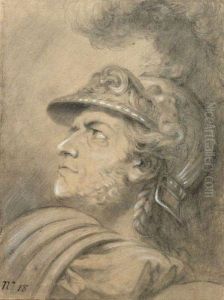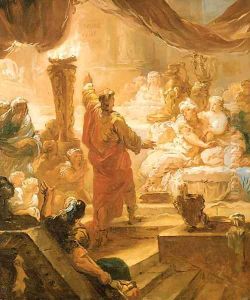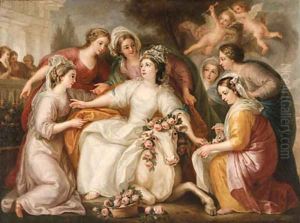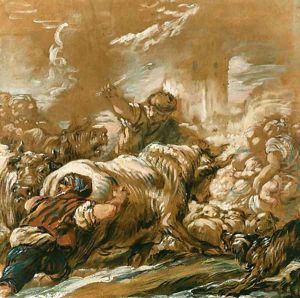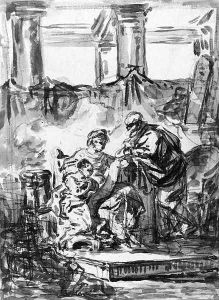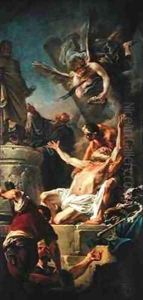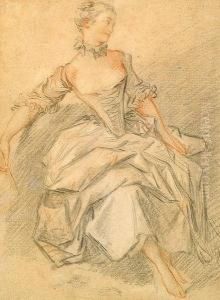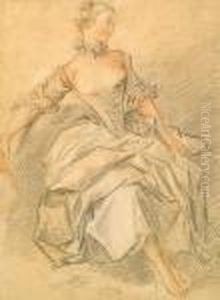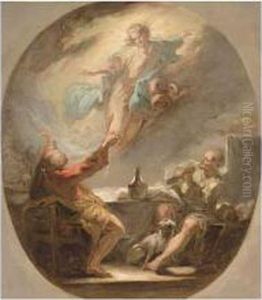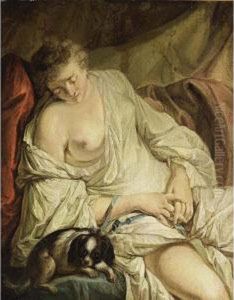Jean-baptiste Deshays Paintings
Jean-Baptiste Deshays de Colleville, often known simply as Jean-Baptiste Deshays, was a French painter who was born on February 27, 1729, in Rouen, Normandy. He was a student of the renowned rococo painter François Boucher and is known for his historical and mythological scenes, as well as for his significant contributions to French rococo art.
Deshays' early life was spent in his native city of Rouen, where he initially trained with his father, who was also a painter. His evident talent led him to Paris, where he became a pupil of Boucher. Under Boucher's tutelage, Deshays developed his skills, particularly in the use of color and composition, which would become hallmarks of his later work.
After completing his training, Deshays worked on various commissions, including religious paintings for churches and decorative works for the French nobility. His style, although influenced by his teacher Boucher, also showed the influence of other masters like Peter Paul Rubens, whose dynamic compositions and vigorous brushwork Deshays admired.
One of Deshays' significant works is 'The Death of Dido,' which reflects his ability to convey strong emotions and drama. His paintings often featured heroic or tragic themes, executed with a sense of movement and a rich palette that contributed to their dynamic feel.
Deshays was married to Marie-Marguerite, the sister of another famous French painter, Jean-Honoré Fragonard. This connection further integrated him into the circle of influential artists of the time.
Tragically, Deshays' promising career was cut short when he died at the young age of 36 on January 23, 1765, in Paris. Despite his brief career, Deshays left behind a body of work that continues to be appreciated for its emotional intensity and its contribution to the rococo style. His works can be found in various museums and collections, preserving the legacy of a talented artist whose life ended too soon.





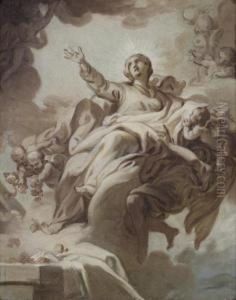


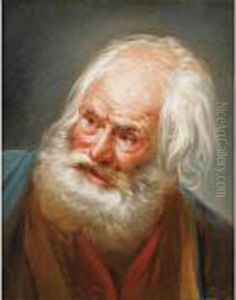
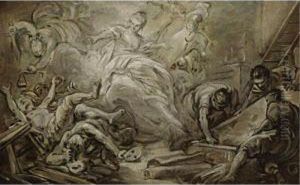


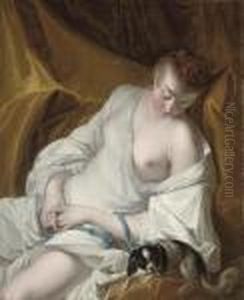






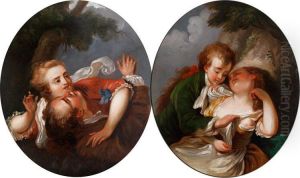


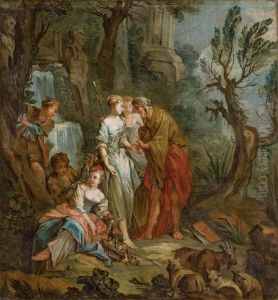



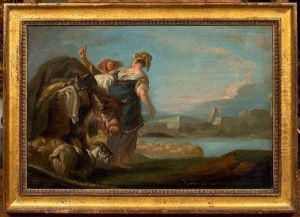

![Figure Feminine Drapee, Vue De
Dos Et Regardant Un Miroir [jean-baptiste Deshays Called Le Romain ;
Draped Woman Looking At A Mirror ; Black Chalk, Charcoal, Heightened
With White And Blue Chalks]](https://www.niceartgallery.com/imgs/1274778/s/jeanbaptiste-deshays-figure-feminine-drapee-vue-de-dos-et-regardant-un-miroir-jeanbaptiste-deshays-called-le-romain-draped-woman-looking-at-a-mirror-black-chalk-charcoal-heightened-with-white-and-blue-chalks-cd1828bb.jpg)
